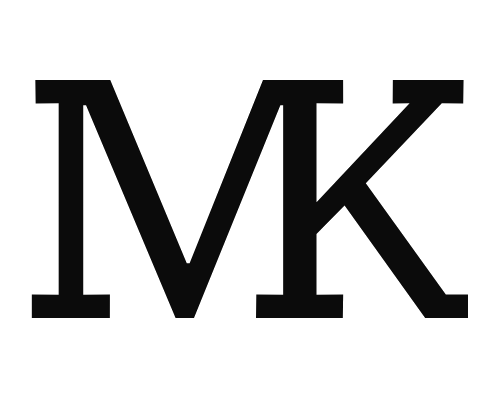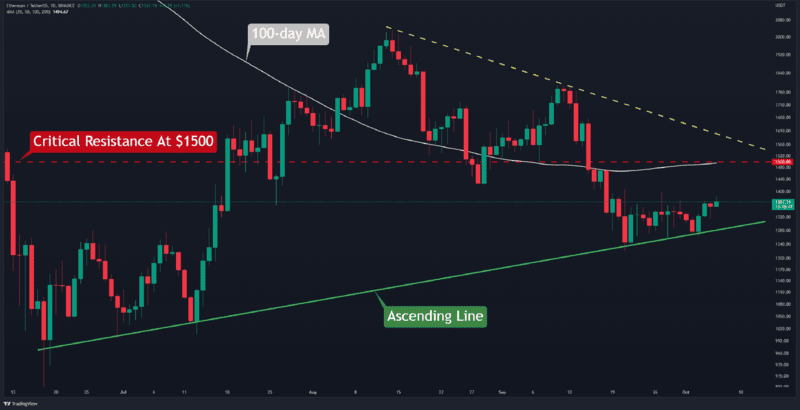
Zero-Knowledge Proofs (ZKPs) are revolutionizing the privacy landscape in blockchain technology. As public blockchains are inherently transparent, ZKPs provide a crucial solution for protecting users’ sensitive data while maintaining the integrity of transactions. At its core, ZKPs allow one party to prove to another that they know a value, without revealing the actual value itself. This cryptographic technique has garnered increasing attention as blockchain networks seek to balance privacy, scalability, and security. The importance of ZKPs is not only in ensuring privacy but also in enabling scalable solutions for the growing demands of decentralized finance (DeFi) applications and other blockchain use cases.
Mathematical Foundations of Zero-Knowledge Proofs
Zero-Knowledge Proofs are based on the concept of interactive proofs, where a prover demonstrates knowledge of a piece of information without revealing it. The most common ZKP protocols are zk-SNARKs (Zero-Knowledge Succinct Non-Interactive Argument of Knowledge) and zk-STARKs (Zero-Knowledge Scalable Transparent Argument of Knowledge), each offering specific trade-offs in terms of efficiency and security. Mathematically, ZKPs rely on elliptic curve cryptography, algebraic structures, and complex number theory to validate the proof while keeping the underlying information confidential.
The process works in a way that even if the verifier does not learn anything about the value in question, they can be confident that the prover holds the valid information. This cryptographic principle is essential in protecting users’ financial details or transaction history in a decentralized and immutable ledger, like a blockchain.
zk-SNARKs and zk-STARKs: Differences and Use Cases
zk-SNARKs and zk-STARKs are the two most popular forms of ZKPs, each serving different needs based on efficiency, transparency, and scalability.
- zk-SNARKs: These are the most well-known type of ZKPs, particularly in the Zcash blockchain. zk-SNARKs enable privacy by allowing a transaction to be validated without revealing the transaction’s data, such as the sender, receiver, or the amount. The primary advantage of zk-SNARKs is their compact size and efficient verification process, which means they can be used in a wide range of applications, from financial transactions to supply chain verification. However, zk-SNARKs require a trusted setup, which can raise concerns regarding the initial setup phase.
- zk-STARKs: zk-STARKs improve on zk-SNARKs by eliminating the need for a trusted setup. This makes zk-STARKs more secure and scalable, especially for applications that require high throughput and low latency. zk-STARKs are used in Layer 2 scaling solutions such as zk-Rollups due to their ability to provide efficient proofs without compromising on transparency. Their main disadvantage, however, is that they produce larger proofs compared to zk-SNARKs, making them less suitable for certain applications where size is a critical factor.
How ZKPs Enable Privacy in Public Blockchains Like Zcash
One of the most prominent use cases of ZKPs is in privacy-focused blockchains such as Zcash. By utilizing zk-SNARKs, Zcash enables fully anonymous transactions where the details (sender, recipient, amount) are not revealed to the public blockchain. This is achieved through a mechanism called shielded transactions, which uses the ZKP to validate the transaction while keeping the information private.
This level of privacy enhances user confidentiality, which is vital for individuals and businesses that wish to keep their financial activities hidden from public view. Zcash’s implementation of zk-SNARKs ensures that the network remains trustless while still allowing private transactions. The ability to transact without revealing sensitive information opens the door to broader adoption of privacy-enhancing technologies in public blockchains, especially for users who value confidentiality.
The Role of ZKPs in Layer 2 Scaling Solutions (e.g., zk-Rollups)
As the demand for faster and more efficient blockchain networks grows, Layer 2 scaling solutions like zk-Rollups leverage ZKPs to increase transaction throughput without sacrificing security or decentralization. zk-Rollups bundle hundreds or even thousands of transactions off-chain, creating a proof of those transactions using ZKPs that is then submitted to the main blockchain (Layer 1). This reduces the computational load on the main chain while still ensuring that the transactions are valid and secure.
The integration of zk-Rollups in networks like Ethereum significantly enhances scalability by lowering gas fees and increasing the speed of transactions. Since zk-Rollups can process large amounts of data off-chain, the main chain only needs to handle the proof, making it a highly efficient solution for high-volume decentralized applications. This is particularly valuable for DeFi projects that require constant interaction with smart contracts, where scalability and transaction costs are key concerns.
The Potential for Regulatory Compliance with ZKPs in DeFi
While privacy and decentralization are key principles of blockchain technology, regulatory compliance has always been a challenge for decentralized finance (DeFi) platforms. The introduction of ZKPs into DeFi presents a potential solution by enabling both privacy and regulatory compliance. ZKPs could allow users to prove that they are following the necessary Know Your Customer (KYC) and Anti-Money Laundering (AML) regulations without revealing any personal information.
For example, a DeFi platform could use a ZKP to confirm that a user has met the required KYC criteria without exposing the user’s identity or transaction history. This would address regulatory concerns while maintaining the privacy and security of users’ sensitive information. Such innovations could pave the way for wider regulatory acceptance of DeFi, allowing it to coexist with existing financial regulations.
In conclusion, ZKPs hold significant potential in enhancing blockchain privacy, scalability, and regulatory compliance. As the technology matures, we can expect to see wider adoption in privacy-focused blockchains, Layer 2 solutions, and DeFi applications, driving the growth of a more secure and private decentralized ecosystem.



